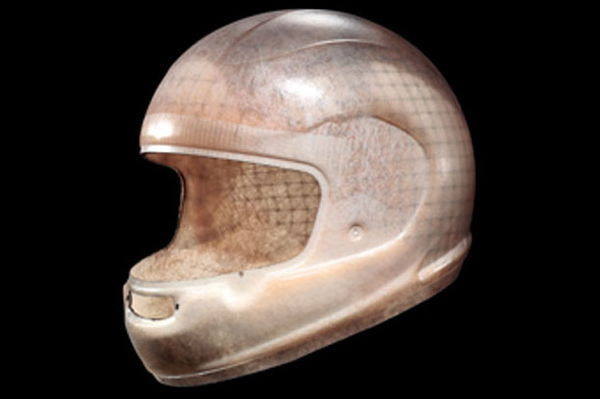10 tips for a long-lasting helmet
Helmet maintenace is important to ensure that your lid remains in top condition so that your head is kept safe. Here are 10 steps for great helmet care

One.
Carry your helmet correctly, do up the chinstrap and carry it like a handbag, or better still carry it in the bag it was in when you took it out of the box. Don’t carry it by the chin bar. If you've ever owned an old lid, you'll know that the chin bar does get worn inside from finger pressure and in the event of an accident, you want the foam interior to be strong and uncompressed so it absorbs any forces in the way it was designed to.

Two.
Don’t store your gloves in your helmet, this is a major factor in reducing the life span of your helmet lining. The sweat from your hands can eat into the stitching in your gloves and this sweat, coupled with dirt can also eat into your helmet's lining.

Three.
Use cleaning products as intended, if in doubt read the instructions. Some cleaning products are far too abrasive on the shell and can make it weaker through corrosion. Cleaners such as kitchen sprays, alloy wheel cleaners and bleach may get even the most stubborn bugs off your nice helmet, but they will make it structurally weaker.











